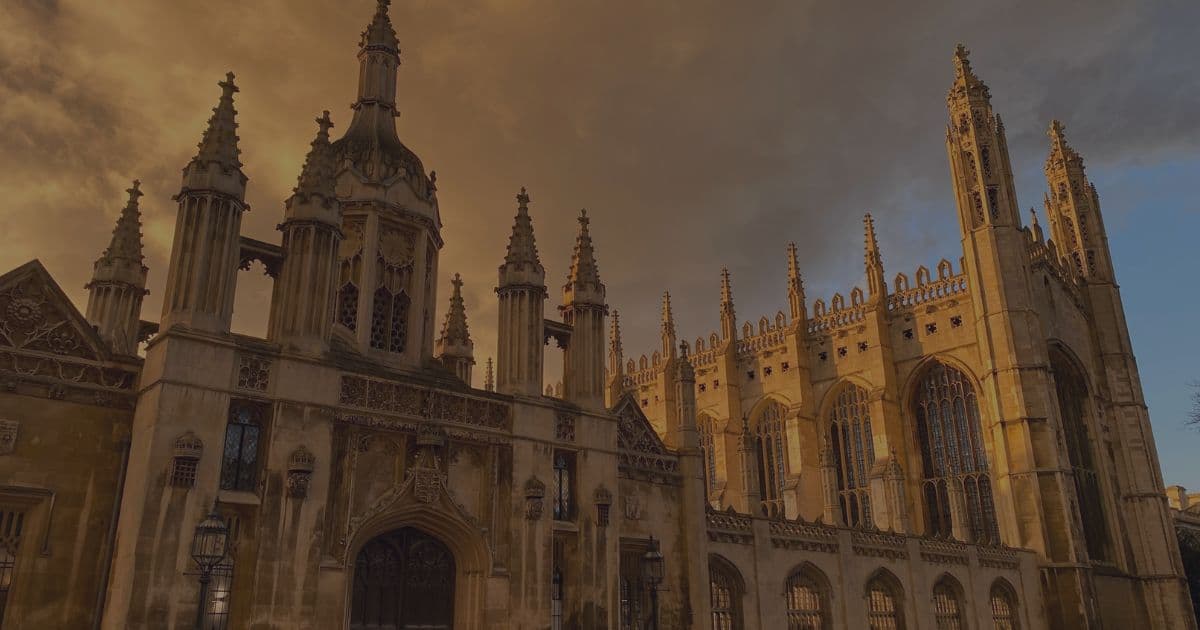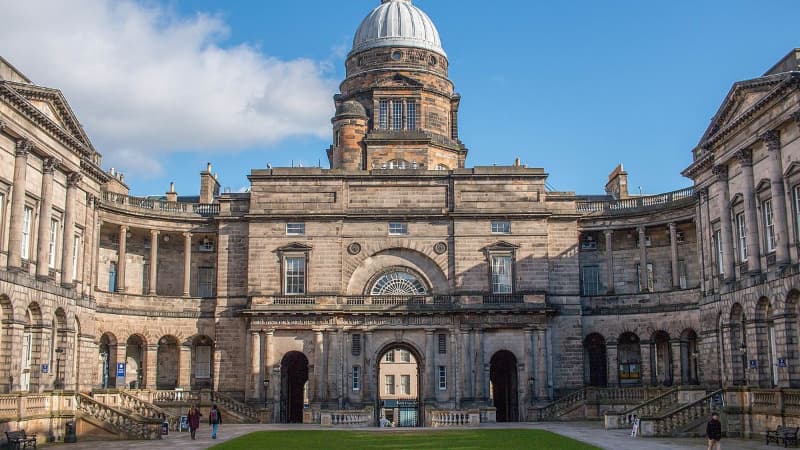Columbia Accepts 4.28% of Applicants to Class of 2029


Arkesh P.
Chief Operating Officer
Summary
Columbia University has completed its admissions cycle for the Class of 2029, admitting 2,946 students, resulting in a 4.9% acceptance rate, up from 3.8% last year. The increase comes in spite of rising applicant numbers and the school's ongoing test-optional admissions policy. Though detailed acceptance data for Early Decision and Regular Decision rounds remains undisclosed, the upward shift suggests a marginal easing in selectivity.
With the arrival of Ivy Day, Columbia University has completed its admissions cycle for the Class of 2029, reaffirming its position as one of the most selective universities in the world.
Out of 59,616 applicants, the university's updated reporting, September 2025, reveals 2,946 students were accepted, for a 4.9% acceptance rate, and making the incoming Class of 2029 the school's largest ever.
The university is reported to have admitted an addition 389 student to the Class of 2029 after the initial release of early and regular decisions in December and March, after making adjustments to provide for additional space and resources on campus.
This post offers a look at available data and larger trends to help prospective applicants better understand the school's evolving admissions landscape.
Class of 2029 Overview
| Admission Round | Applicants | Admitted | Acceptance Rate |
|---|---|---|---|
| Early Decision (ED) | 5,872 | TBA | TBA |
| Regular Decision (RD) | 53,744 | TBA | TBA |
| Overall | 59,616 | 2,946 | 4.9% |
"The class' admission marks a 20.5 percent increase in first-year enrollment in comparison to the class of 2028.
- Columbia Spectator, 8 September, 2025Key Trends and Insights
- Noticeable Acceptance Rate Increase: This year marks one of the biggest increases in the acceptance rate at Columbia, going from 3.8% to 4.9%.
- Applications Numbers Leveling Off: Since going test optional in 2020-21, Columbia has seen a sharp spike in applications, jumping to almost 60,000 applications from 40,000. For the Class of 2029, however, total applications received dropped slightly, to 59,616, from 60,248 the prior admissions cycle.
- Testing Requirements: Columbia is in its fifth year of having a test-optional admissions policy, and in March of 2023 school leaders made the the test-optional policy permanent. This may affect the number of applicants and overall acceptance rates, even more so perhaps as other Ivy League schools are reinstating testing requirements.
Columbia's admissions remain fiercely competitive, demanding not only exceptional academic performance but also evidence of meaningful engagement and genuine passion. Applicants should focus on standing out authentically rather than merely fitting into a perceived mold.
Early Decision Acceptance Results
- Total Applications: 5,872
- Accepted Students: TBA
- Acceptance Rate: TBA
Although Columbia hasn’t yet reported the number of Early Decision applicants accepted for the Class of 2029, we can make thoughtful projections based on years of Columbia data we track.
The most recently published Early Decision acceptance rate statistics for Columbia are from the school’s 2024–25 data set (Class of 2028):
- Total Applications: 6,007
- Accepted Students: 795
- Acceptance Rate: 13.2%
Last year, for the Class of 2027, the ED acceptance rate was 14.6%. Over the past four years Columbia’s Early Decision acceptance rate has hovered between 10–15%, providing a fairly reliable range for estimating this year's ED acceptance rate, with 12–15% being a reasonable estimate.
- Higher Acceptance Rates: Early Decision applicants typically enjoy higher acceptance rates compared to Regular Decision.
- Demonstrated Interest: Applying early shows Columbia your strong interest in joining their academic community.
Columbia's Regular Decision Acceptance Results
This year, Columbia did not release a breakdown of the regular decision acceptance rate results. With that said, we can expect more information to be released in the fall.
Columbia's Regular Decision acceptance rate was for the Class of 2028 an ultra-competitive 2.8%, down from a 3.9% RD rate for the Class of 2027.
Key Regular Decision Figures from Last Year (Class of 2028):
- Applications Received: 54,241
- Students Accepted: 1,524
- Acceptance Rate: 2.8%
Based on current trends, we anticipate another challenging admissions cycle was in play for students who applied for Columbia's Class of 2029.
Historical Trends
This historical data demonstrates Columbia’s consistently competitive admissions process, with numbers hitting a post-pandemic plateau over the past four years.
Historical Acceptance Rates at Columbia
| Includes estimated figures. | |||||
|---|---|---|---|---|---|
| Class Year | Total Applications | Total Accepted | Overall Rate | RD Rate | ED Rate |
| 2029 | 59,616 | 2,557 | 4.28% | TBD | TBD |
| 2028 | 60,248 | 2,319 | 3.8% | 2.9% | 13.2% |
| 2027 | 57,129 | 2,246 | 3.9% | 2.7% | 14.6% |
| 2026 | 60,377 | 2,253 | 3.7% | 2.7% | 12.5% |
| 2025 | 60,551 | 2,355 | 3.9% | 2.9% | 11.9% |
- Academic Excellence: Maintain top grades and a high GPA.
- Strong Essays: Use your essays to showcase your unique voice and story.
- Leadership and Extracurriculars: Demonstrate meaningful engagement outside the classroom.
- Test Scores: If submitting, aim for high SAT or ACT scores within or above Columbia's reported range.
Final Thoughts
If you're a prospective student thinking about Columbia, be sure to check out our full guide on how to get into Columbia!
Otherwise, congratulations to all students admitted to Columbia Class of 2029—your achievement reflects remarkable dedication and excellence. For those considering applying to Columbia in the future, the admissions landscape is increasingly competitive, making strategic preparation essential.
Crimson Education specializes in helping ambitious students navigate admissions to top universities like the Ivy League, Stanford, MIT, Johns Hopkins, UCLA, and more. Each student is matched with a highly qualified college admissions consultant who guides everything from student growth and academic support, to application strategies and more, all tailored to individualized needs and goals.
To get started, speak with one of Crimson Education’s admissions consultants today so we can learn more about your goals and challenges and talk about the best next steps.
To find out more about Crimson and our dedication to helping students realize their fullest potential, read about our story, see our record of student results, and sign up for some of our upcoming webinars and events.


